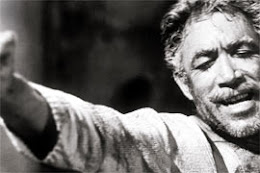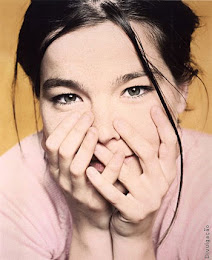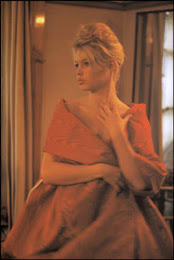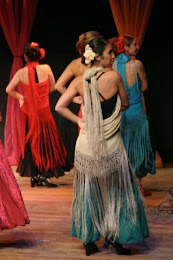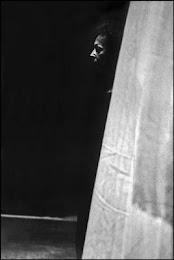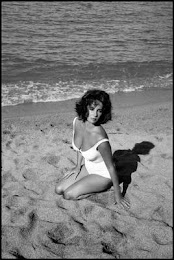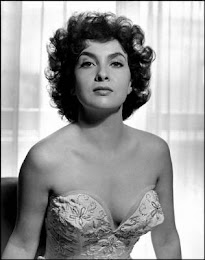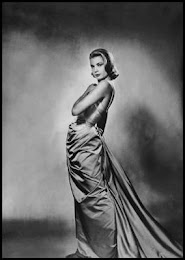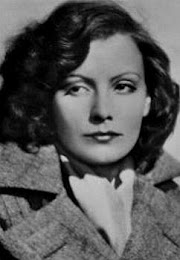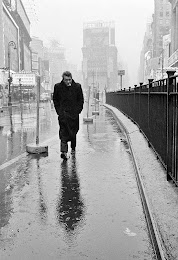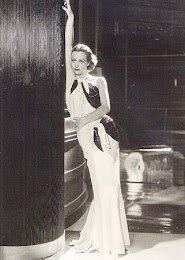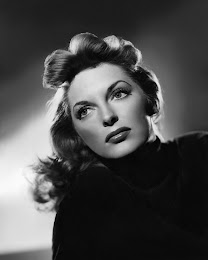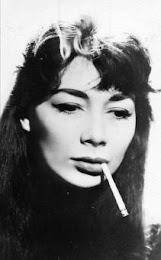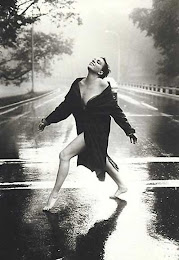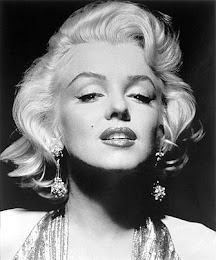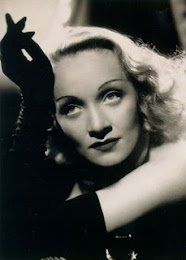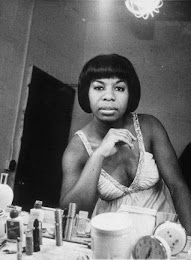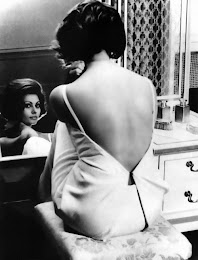Bolo delicioso...
Delicieux gâteau...(Demandez la recette en Français)
Delicious cake...(Ask for the recipe in English)
Ingredientes para o bolo
3 1/4 xícaras farinha de trigo peneirada
2 colheres de chá de fermento em pó
3/4 colher de chá de sal
1 xícaras de açúcar
1 xícara de açúcar mascavo
1 xícara de manteiga sem sal, em temperatura ambiente
1 colher de chá de extrato de baunilha
4 ovos grandes
1 1/2 xícara de leite integral
1 xícara de pecãs, torradas, picadas finamente
1/4 xícara de xarope de milho (Karo e afins)
1/4 xícara de melaço de cana
1/2 colher de chá de bicarbonato de sódio
Ingredientes da calda
2 colheres de chá de água
1 colher de chá de bicarbonato de sódio
2 xícaras de açúcar
1 xícara de creme de leite fresco
1 xícara de manteiga sem sal
2 colheres de chá de xarope de milho
2/3 copo de bourbon
Modo de preparo do bolo
Pré-aqueça o forno em temperatura média. Unte com manteiga uma assadeira média
com furo no meio. Em um tigela, coloque a farinha de trigo, o fermento e o sal. Em
outra, bata com batedeira o açúcar normal e o mascavo, a manteiga e a baunilha até se
tornar uma mistura cremosa. Incorpore os ovos, um por vez. Jogue dentro desta tigela,
aos poucos, a mistura de farinha de trigo, alternando com o leite. Coloque metade
desta massa na forma untada. Em outra tigela, coloque as pecãs, o xarope de milho,
o melaço e bata, com batedeira, até misturar bem. Incorpore o bicarbonato. Jogue essa
mistura na metade restante da massa e bata, novamente. Coloque delicadamente sobre
a massa já na forma. Asse em forno médio por cerca de 45 minutos ou até inserir um
palito de fósforo no centro do bolo e este sair seco.
Modo de preparo da calda
Misture 2 colheres de chá de água e o bicarbonato de sódio em uma tigela pequena e
mexa até dissolver. Numa panela, coloque o açúcar, a manteiga, e o xarope de milho
e leve ao fogo alto — mexendo sempre — até que o açúcar e a manteiga derretam.
Reduza o calor, adicione a mistura de bicarbonato e ferva, sem esquecer de mexer, até
que vire uma calda espessa e dourada (cerca de 8 minutos). Retire do fogo, adicione o
creme de leite e o bourbon.
Finalização
Assim que o bolo esfriar, desenforme-o em um prato e coloque a calda quente sobre ele.
Deixe esfriar antes de comer.






































1.jpg)






















.jpg)




